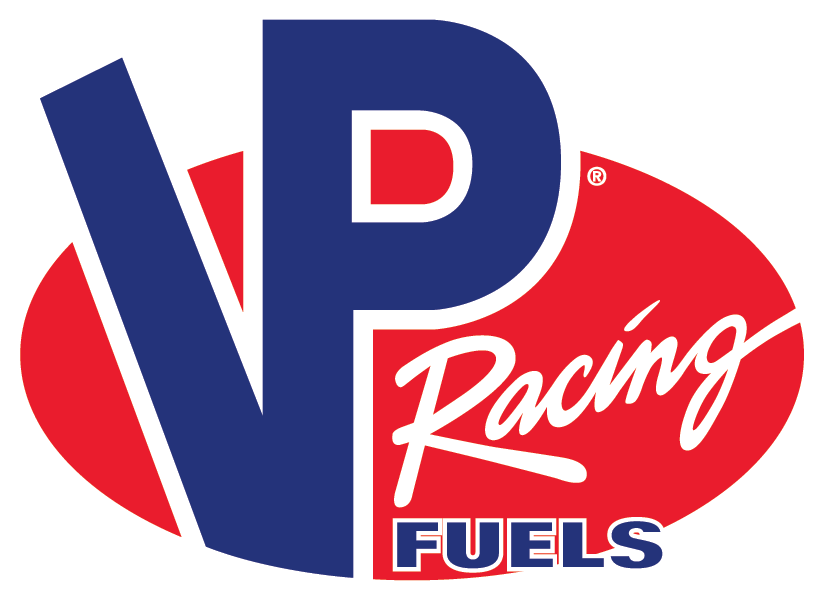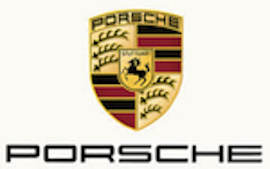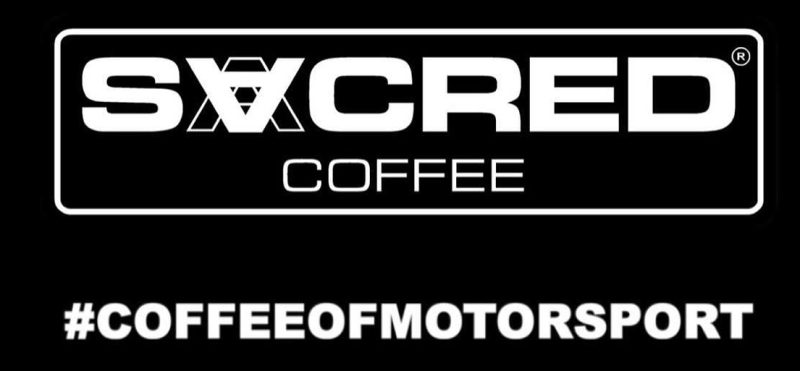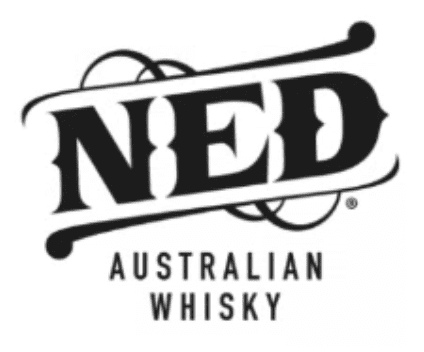“The CSI became nervous about the effects banning the unlimited prototypes might have on their grids. So they soothed anxious promoters with new language regarding the five-liter Group 4 sports car class.
Minimum production numbers went from 50 to 25 “units” and the promoters were mollified with visions of five-liter Lolas and aging GT40s filling their grids and carrying spears behind the new Group 6 three-liter prototypes.
Porsche had won the World Sports Car Championship before John Wyer tore the May page from his 1969 calendar. There was poetry and balance in this. Le Mans has always been a stand alone, one-race world championship. Jaguar, Aston-Martin and Ford understood this with corporate clarity and had raced accordingly. The World Sports car title without Le Mans was a vessel half empty, not half full.
For the 1969 edition the ACO was busy installing new F1-inspired Armco barriers along the Mulsanne straight. The entire course was now practically ringed with the stuff. The CSI was embroiled in another F1-inspired issue and banned movable aerodynamic aids.
Porsche was especially cranky over this rule and claimed, correctly, that their new 917 and 908s had been homologated with articulated wings and things, and the three new 4.5 liter loophole-coupes weren’t safe without them.
Matra joined in on Porsche’s side with a similar alibi. The CSI was petitioned from all corners and decided that the Group 4 – 25 units, please — 917 could kept its levers, hinges, wings and trim tabs. The 908s could not.
The factory entered a pair of the giant air-cooled flat-12 coupes for Vic Elford and Richard Attwood plus Kurt Ahrens and Rolf Stommelen. In profile the 917 looked like a 908 and-a-half, on steroids and sounded like nothing else that had ever raced at Le Mans.
They sold the first one to John Woolfe. The English privateer liked big powerful cars and had raced Cobras and GT40s before taking delivery of the new Porsche. His usual co-driver took one look at the fearsome new 917 and backed away.
Anxious to maintain solid customer relations Porsche provided Woolfe the services of Herbert Linge plus a new engine when the Englishman destroyed the original flat-12 in practice.
The 917 had barged through the loophole in the rules that opened when the CSI wavered. The revamped “Sports Car” rules sought to keep the grids full by allowing the usual Lola and GT40 five-liter stock block American V-8 to carry the spears behind the obviously superior three-liter Group 6 prototypes.
But the first year didn’t go as planned and a plain old pushrod-engine GT40 won Le Mans and the world manufacturers’ title. By June of ’69 the Prototypes had finally taken over, won the championship and stood poised to win Le Mans.
Then Porsche poked the 917’s nose through the loophole and actually builing 25 copies of the what was a pure prototype pretending on paper that it was just a sports car. As if it needed to be proven again, those who make the cars are brighter and more industrious than the politicized folks who write and try to enforce the rules. The 917 was Exhibit A in that argument and the ACO would have to live with the CSI’s “sports car” rules.
Behind the 917s were a quartet of Group 6 908 prototypes, a pair of two-liter 910s and seven 911 GT class warriors. Two private Alfa T33s ( a 2.5 and a two-liter V-8) took up the slack for absent Autodelta.
Lucien Bianchi had died practicing the T33 during the April trials and the factory reconsidered its Le Mans program. Matra, after a strong debut in ’68, came with four sonorous three-liter V-12s that were the clear French fan favorites.
Ferrari, after a year being hammered by the Cosworth DFV in F1 (one Italian win in ’68 and none so far in ‘69) returned to the Sarthe with attractive and sinuous 312P Group 6 prototypes.
Jacky Ickx was the last person to win an F1 race for Modena. The Belgian sat out the 1968 24 Hours with a broken leg earned practicing for an F1 race. He was back at Le Mans with Jack Oliver in the ’68 winner, “#1075”, John Wyer’s faithful and proven GT40 in Gulf Oil colors.
They were complimented by the near perfect pairing of David Hobbs and Mike Hailwood in another JWA GT40. Wyer was absent and deputized David Yorke to do as he would. Wyer’s wife was ill and his priorities were gin clear. Yorke took him literally.
Sunday June 15th was election day in France and the tricolor dipped at 2:00 o’clock to accommodate the voters who showed up in huge numbers. The newspapers had been full of speed. Despite the new Ford chicane Stommelen had hauled the 917 around faster than Denny Hulme’s lap record in the seven-liter Ford MkIV. He blew right through the “sports car” loophole and parked the 917 first in line on Saturday afternoon..
With much ceremony and gallic pomp the hour arrived invading some of the longer lunches and the race was on; except for Jacky Ickx who walked casually across the road and belted himself carefully into “1075” like an adult, and then drove away. It was a quiet protest but over a quarter-million people got the point about seat belts and safety and such.
Well up the road the crusade for Mulsanne was on in earnest if not with the intelligence and maturity displayed by Ickx. Stommelen had the howling 917 out front leading a five-deep parade of white Porsches. Out of Maison Blanche it was still Stommelen’s 917 and, suddenly a growing pillar of smoke.
John Woolfe, who had not taken time to belt himself in, had put two wheels on the grass at Maison Blanche with most of the field at his heels. The cloud of smoke grew and a few cars appeared through the cloud.
Chris Amon’s typical bad luck was worse than usual. Woolfe’s crash was sufficiently violent to dislodge the 917’s gas tank which was by then burning. Centrifugal force spit the flaming tank into the road where Amon’s Ferrari 312 hit it and the flaming mess stuck under the Ferrari’s nose. John Woolfe was dead by the time Amon had escaped.
The mob eased gingerly through the lake of extinguisher discharge and debris allowing Ickx to sort his way through the easily rattled part of the swarm. Up front Elford, in the other works 917, joined Stommelen with Siffert in the 908 roadster third.
There were two more 908s between the leaders and the first non-Porsche: Jo Bonnier’s yellow BonGrip Lola/Chevy was sixth. Davis Hobbs stopped to have the gas cap wired shut on his JWA GT40, lest the pit marshals become aroused and disqualify him for something that was likely their mistake.
The 917s and the Matras lost the annual Le Mans fuel economy run and were in the pits first around 3:00 o’clock. This promoted the Jo Siffert/Brian Redman 908 into the lead.. Their 908 spent over an hour in the pits and made one more lap before returning to the pits. But by 8:00 o’clock Seppi’s and Brian’s works #20 was in the dead car park with a dead gearbox.
By one-third distance the Matra threat seemed dulled. But Piers Courage and Jean-Pierre Beltoise were sixth and on the same lap with the relentless Ickx/Oliver GT40 who were now fifth and a lap down to the fourth place David W. Hobbs and S.M.B. Hailwood GT40.
From there to the top it was all Porsches. Long pit stops, and far too many of them, kept the Matras from the lead. Brake services were especially excruciating and expensive.
At 2:00 a.m. the Porsches began to look invincible: a 917 led followed by the Schutz/Mitter 908. But David Yorke had JWA’s two-car GT40 team under control and well positioned to strike should opportunity present itself.
That opportunity opened its fiery maw in front of David Hobbs as he chased Udo Schutz’s 908 through the Mulsanne kink which had become a serious turn at 917 velocities. Udo erred only slightly but it allowed his 908 to touch the Armco. Newtonian physics took over. Schutz bailed out at something near 100 mph because what little survived the first impact with the Armco was on fire. Hobbs avoided the big pieces but a sliver poked a hole in one of his Firestones. He was obliged to report the whole mess to Yorke, get another tire and surrender third place to his Gulf team mates.
By 6:00 a.m. Elford and Attwood were averaging over 132 mph through patchy fog and had a five lap lead on the 908 of Rudi Lins and Willy Kauhsen who were another three laps ahead of Ickx and Oliver in GT40 “1075”. Hans Herrmann and Gerard Larousse had their longtail 908 coupe another two laps back and were on a pace that would take them to the front. Hobbs and Hailwood were just one lap behind, and on the same lap with the Jean Guichet/Nino Vaccarella Matra 630.
Behind them only 13 cars had survived the night including the sole remaining Ferrari. The NART-entered 275LM of Sam Posey and Teo Zaccoli was another leftover that fit the new rules. Like Ickx and Oliver’s GT40 the vintage 275LM was a former Le Mans winner, the aged privateer that carried Jochen Rindt and Masten Gregory to Ferrari’s last Le Mans win four years earlier.
The final hours of Le Mans are supposed to be processional, more about endurance than racing. Not this year. With four hours remaining, Richard Attwood pitted the leading 917 unexpectedly. The clutch was slipping. The same complaint hit the second place Lins/Kauhsen 908 just a lap later.
Ickx saw the 908 in the pits and passed Attwood, who was motoring conservatively, and put the spurs to “1075”. He was in second position quickly and peeling away at least ten seconds each lap from the 917’s lead when Attwood returned to the pits. The gearbox was complaining and the clutch was no better. The big coupe went to the dead car park before lunch. It had obliterated the lap record and made a joke of Virage Ford and the intent of the new, amended five-liter “sports car” rules.
At exactly 11:00 a.m. Ickx put “1075” in the lead with Herrmann’s 908 coupe on the same lap. Yorke brought Ickx in for a scheduled stop ten minutes later and Herrmann passed into the lead only to stop after just one more lap and hand over to Gerard Larousse. Again Ickx swept into the lead in trusty “1075”. Larousse was just ten seconds behind.
The next hour passed anxiously with Ickx reeling off steady laps around 3:40, running conservatively but fast, saving the car and fuel, working to delay the final pit stop. He knew the assault must come soon.
By noon the status quo was maintained and the pair raced to the final pit stops. With the fuel window opening Larousse attacked, trying to wrongfoot Ickx and force an early stop. The Ford was in first, on schedule, and the 908 swept past. Two laps later Larousse handed over to Herrmann. The stop was too long and Ickx went in front again.
Hans Herrmann burned off a few gallons of fuel and let the tires come to temperature. He took up station less than 200 yards astern of the blue Ford and made a visual inventory. The GT40 looked alarmingly healthy. Ickx had been in the car through two loads of fuel but his line was clean, his driving tidy and precise.
Yorke had chosen wisely. Up the road and out of sight Hailwood was up into third in the other JWA GT40, but four laps behind the leader. Beltoise’s Matra was headed his way in haste.
With just under an hour remaining Herrmann was finally ready. He gobbled up the distance to Ickx and passed into the lead. A lap later Ickx was in front again, only now Herrmann was trying manfully to lap Hailwood’s third place GT40. It wasn’t going well and it took Hans another lap to get around Mike The Bike who was having too much fun to lay off the German. A lap later he had unlapped himself and was annoying Herrmann again while Ickx fled.
It took Herrmann a few laps to rid himself of Hailwood who had apparently decided he had put enough distance between himself and the Matra and broke off the fight. Once free the 908 used its superior speed along Mulsanne to close, engage and pass Ickx, who promptly returned the favor with a clean and decisive outbraking maneuver at the chicane. The five-liter Ford won the brief torque war past the pits.
Herrmann did the same act on Mulsanne, but when they appeared at Virage Ford Ickx did not strike back. He waited one lap. And Herrmann pulled his Mulsanne ace again. This time Ickx did him at Arnage and made it stick.
It was the closest finish in Le Mans history, unless the clumsy Ford PR gaffe of 1966 is considered. Ickx and Oliver had won Le Mans for the first time. John Wyer’s car was victorious for a second time: “1075” had not only won Le Mans in 1968 and ’69, it had carried Ickx and Oliver to a one-lap victory over Amon and Andretti’s Ferrari 312 in the 1969 12 Hours of Sebring as well.
On Monday morning Jacky Ickx was driving a Porsche 911 Targa owned by the Belgian Porsche distributor to Paris for the victory banquet. Near Chartres a car pulled in front of his borrowed Porsche.
The Targa ended up crushed against a utility pole but Ickx, the man who had defied tradition and walked to his GT40 and cinched up his belts before winning the most dramatic Le Mans in history, simply unbuckled his seat belt and stepped unharmed from the wrecked Porsche.”














